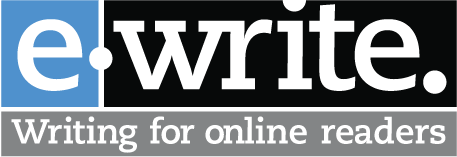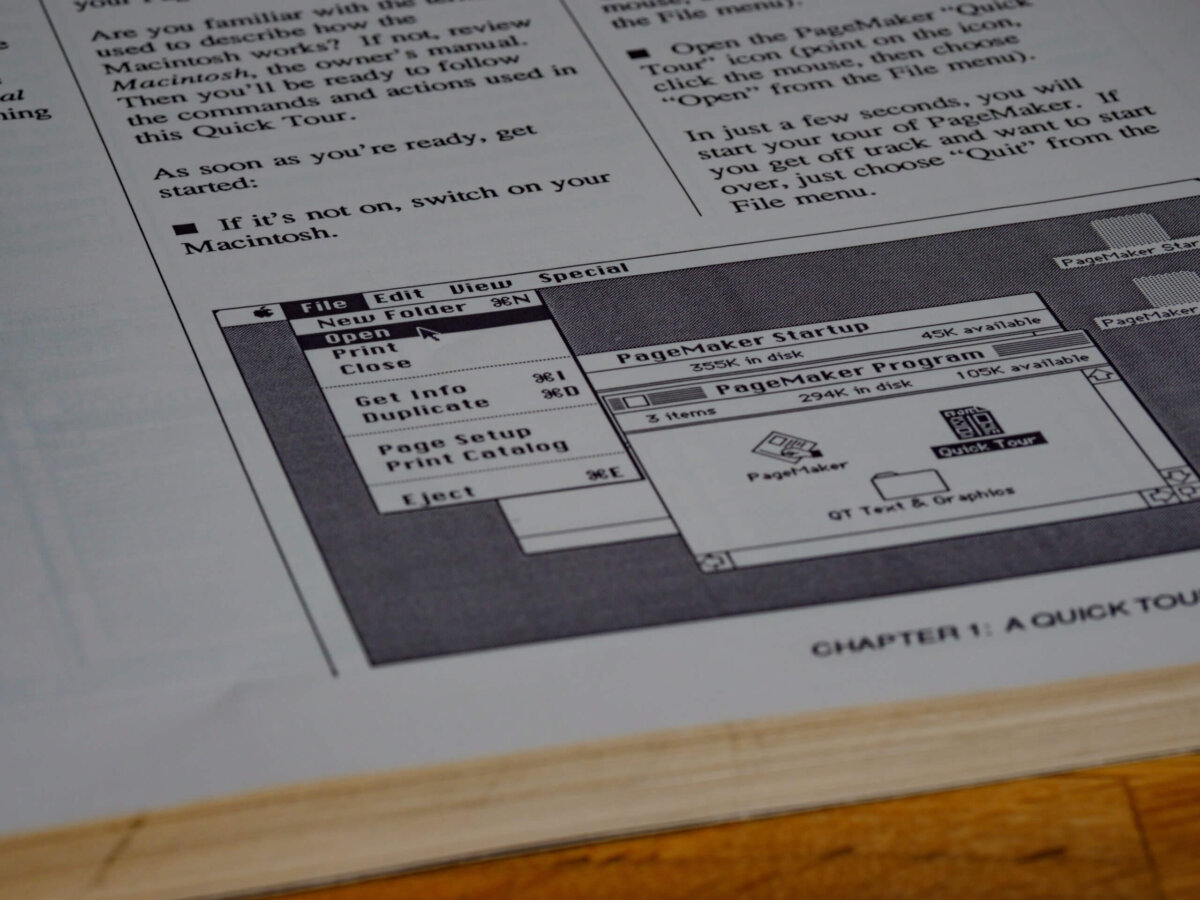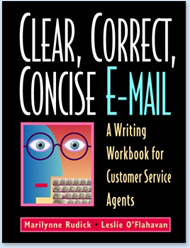Writing good web content is a lot like planning a big dinner party.You’re looking forward to having lots of guests, but you’re not sure about when they’ll arrive or how hungry they’ll be. You know Deborah will only nibble on the salad, Laura will snack on the chicken, and Dan will cheerfully devour everything you serve. As an experienced party planner, you’ll accommodate your guests’ diverse appetites. A good web writer does the same thing–accommodates the appetites of all content-hungry visitors by providing different amounts of content for different users.
Web readers are known to be both hungry and impatient. To satisfy their need to find what they’re looking for, you have to write concisely. But if you only give web readers factoids, you won’t answer their questions about your organization or topic. Happily, as a web writer, you have the flexibility to provide content in a variety of sizes and to let visitors choose the amount of information that will satisfy them. We call this writing concept the bite, the snack, and the meal.
The CEO’s Speech: Three Ways
Let us show you how to provide a bite, a snack, and a meal with a real-life example. You’ve been asked (told) to put your CEO’s keynote speech up on the web. The edict from on high is “Don’t change a word!” The lengthy speech details the research your company, PetersMed, has done on the effectiveness of the new chicken pox vaccine. The CEO, Sam Peters, concludes by proposing national legislation requiring the vaccine. You know that some web readers will want to read the entire speech, the meal, and perhaps even print it out.
But you know that other visitors don’t have the appetite for the entire speech. Some visitors are satisfied with knowing what it’s about, the bite, and others are satisfied with a concise summary of the speech, the snack.
The Bite: A Headline With A Message
“So what did Peters say?” Some site readers only want the bottom line and they want it short. They’re satisfied with just a bite, but they prefer something hearty to “lite.” On the web, the bite is a headline. You might be tempted to cheat and use the original speech title for your bite. But the title for CEO Peters’ speech was PetersMed’s Research on Chicken Pox Vaccine. The original title isn’t enough to satisfy. You want your readers to get the entire message of the speech from the bite. A satisfying bite would be this powerful message headline: CEO Peters Says Research Supports Mandatory Chicken Pox Vaccination. And you can make the bite work even harder for you by making it the link to the full text.
The Snack: A Concise Summary
What about those who are moderately hungry? They want a snack, a good summary, two or three sentences long. The easy way to write the snack would be to lob off the first paragraph of the speech and call it a snack. But in this case, you’d just get the CEO’s opening joke. And in most instances, using the first paragraph of a print document doesn’t make for a satisfying snack. Many articles begin with an anecdote or a provocative hook, not a summary.
Here’s a satisfying snack that summarizes the CEO’s speech: “PetersMed’s four-year study of the chicken pox vaccine shows that it reduces cases of the childhood illness by 80 percent. CEO Sam Peters supports national legislation, and efforts by the American Academy of Pediatrics, to make the vaccine mandatory for school-age children.”
Presenting The Bite, Snack, And Meal
How will you present these three versions of the same content at your site? Try using the bite as the headline for the snack, the summary. Link the bite to the meal, the entire document. For a good example of this approach, take a look at the Serve.gov home page which features bites and snacks in the right-hand “Find a Volunteer Opportunity” column. The “Spread The Word” bite leads to an informative snack: “Help us get the word out about United We Serve – embed widgets on your page, download logos and more.”
Wells Fargo’s page on foreign exchange services for small businesses provides the site visitor with a detailed snack that leads to a fulfilling meal on the topic of international payments. Under the bite “Sending and Receiving International Payments,” Wells Fargo offers the snack: a rich two-sentence summary of its foreign payment solutions. Click the bite and you get the meal: a full page of specifics on international payments, including a “Have a Specialist Contact Me” link.
Spicing Up The Meal: Add Hot Links
You can add spice to the meal, without changing a word, by adding hypertext links to related information. What else might the reader of Peter’s speech want to know? More about him? Link to his bio. Background on the company? Link to your site’s About Us page. Results from PetersMed’s research on chickenpox? Provide a link to your report. Additional questions? Link to a knowledgeable company contact.
The Taste Test: Less Is More
Ironically, the test of good web writing might be that your visitor doesn’t have to read all you’ve written to get your point. If your bite and snack are effective, your reader can choose not to read your meal. In web writing, the highest praise might be: “I didn’t read the whole thing.”







This is great article!!!
I have written so much in so detail hoping the visitor would be happy and informative.